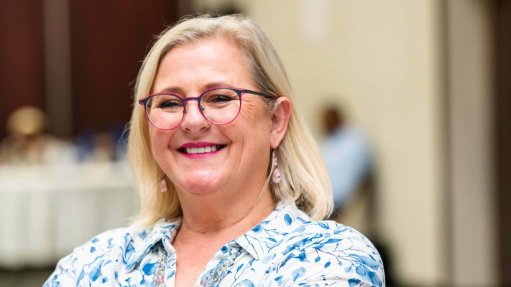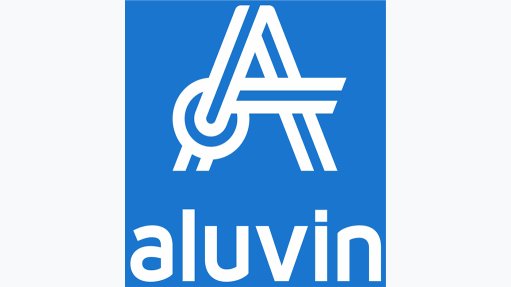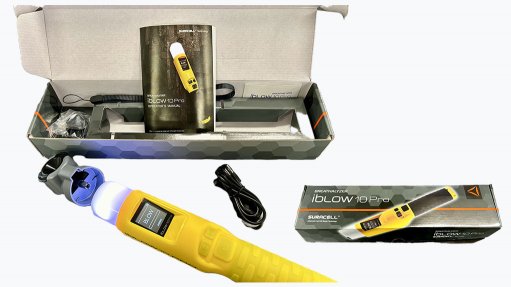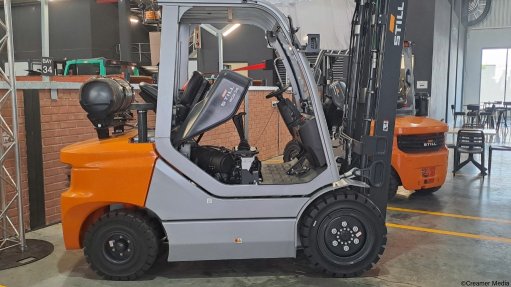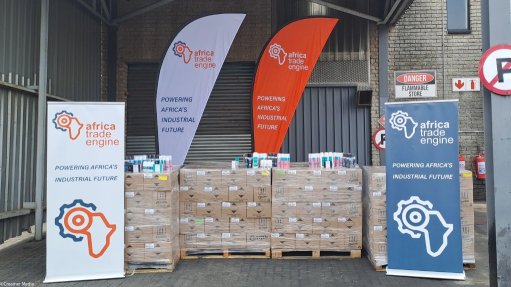Weevils released into Crocodile river to fight another invasive alien aquatic plant
As the invasive hyacinth starts to retreat from the Hartbeepoort dam after years of biological mitigation, a new invasive species has emerged to essentially fill the gap, taking advantage of the available nutrients, light and space.
Salvinia minima, another aquatic plant that presents a substantial threat to South Africa’s freshwater ecosystems, dominated the water surface during the winters of 2021 and 2022, covering close to 70% of the surface of the Hartbeespoort dam.
As the water hyacinth on the Hartbeespoort dam increased, salvinia minima decreased, in a vicious cycle, over a period of two years, explains the National Research Foundation’s South African Institute for Aquatic Biodiversity/South African Research Chairs initiative biological control and freshwater alien invasive species management chairperson Professor Julie Coetzee.
The invasive plant, which, like the hyacinth, originates from South America, was initially recorded at Hartbeespoort dam in 2012.
It has since spread across various water bodies in the North West and Gauteng provinces, including the Bospoort, Roodeplaat, Vaalkop, Roodekoppies and Bronkhorstspruit dams, and to the Limpopo river, which forms the national border with Botswana.
“If we do not control this plant, if it is allowed to spread, we will see it moving into more and more water bodies across the country,” warns Coetzee.
The impact is similar to that of the other invasive plants: it blocks out the sunlight from reaching the water body, reducing oxygen levels. Plants in that water body will not be able to create oxygen through photosynthesis.
“If there is no oxygen, there are no fishes, no crabs, no insects. It completely destroys or alters the aquatic ecosystem,” she explains, further highlighting significant negative socioeconomic, economic and ecological impacts.
The weevil species Cyrtobagous salviniae (Florida biotype), a subaquatic herbivorous insect that feeds on the invasive aquatic plant, has now been released into the Crocodile river, in Hartbeespoort, in an effort to tackle the spread of salvinia minima.
It is an effective classical biological control agent used in several countries.
Imported from Louisiana, a US state that also battles salvinia minima, Cyrtobagous salviniae has been subject to extensive research to evaluate its efficacy as a biological control agent for salvinia over the past few years.
Until recently, it had not yet been released into South Africa’s water bodies, although it has been successful in controlling salvinia minima in the US.
Coetzee points out that the weevils exclusively feed on salvinia minima, with their entire lifecycle depending on the plant. They will not infest other ornamental plants, crops or even water hyacinth.
Rhodes University’s Centre for Biological Control (CBC), one of many research laboratories that dedicated several years to testing this biological control agent, was granted approval for release of the insect in late 2024.
The initial release consists of what Coetzee calls “a small starter population”, with plans in place to rear the weevils at Rhodes University’s facilities and community rearing stations around Hartbeespoort dam, Vaalkop dam and Bronkhorstspruit.
“We have a lot of community partners who have realised the value, the sustainability and the cost-effectiveness of these insects.”
The biological control programme will be monitored and the progress of the weevils and their impact on common salvinia will be noted.
Water and Sanitation Deputy Minister Sello Seitlholo, who released the first weevil last month, says that the use of biological control agents will run concurrently with other remediation programmes currently under way at the dam to eradicate alien invasion species that have negatively impacted on the ecosystem in the water.
Implemented by Magalies Water, the remedial programme includes the physical removal of water hyacinth at the dam and a pilot project using nanobubble technology to increase dissolved oxygen in the water, thereby promoting the decomposition of microorganisms in water or river sediment.
“It is important for us as the Department of Water and Sanitation to secure our water resources by partnering with scientific institutes like the CBC,” he says.
“What is also important is for us to get into serious conversations with municipalities on the upper catchment that are largely responsible for causing the high nutrient load in the water owing to their substandard effluent discharged from their waste- water treatment works that is being released in the river, eventually landing in the dam.
“This results in high nutrient levels in the water, which gives rise to the spread of these alien invasive aquatic plants, compromising the ecosystem, recreation and the general local economy,” he concludes.
Article Enquiry
Email Article
Save Article
Feedback
To advertise email advertising@creamermedia.co.za or click here
Comments
Press Office
Announcements
What's On
Subscribe to improve your user experience...
Option 1 (equivalent of R125 a month):
Receive a weekly copy of Creamer Media's Engineering News & Mining Weekly magazine
(print copy for those in South Africa and e-magazine for those outside of South Africa)
Receive daily email newsletters
Access to full search results
Access archive of magazine back copies
Access to Projects in Progress
Access to ONE Research Report of your choice in PDF format
Option 2 (equivalent of R375 a month):
All benefits from Option 1
PLUS
Access to Creamer Media's Research Channel Africa for ALL Research Reports, in PDF format, on various industrial and mining sectors
including Electricity; Water; Energy Transition; Hydrogen; Roads, Rail and Ports; Coal; Gold; Platinum; Battery Metals; etc.
Already a subscriber?
Forgotten your password?
Receive weekly copy of Creamer Media's Engineering News & Mining Weekly magazine (print copy for those in South Africa and e-magazine for those outside of South Africa)
➕
Recieve daily email newsletters
➕
Access to full search results
➕
Access archive of magazine back copies
➕
Access to Projects in Progress
➕
Access to ONE Research Report of your choice in PDF format
RESEARCH CHANNEL AFRICA
R4500 (equivalent of R375 a month)
SUBSCRIBEAll benefits from Option 1
➕
Access to Creamer Media's Research Channel Africa for ALL Research Reports on various industrial and mining sectors, in PDF format, including on:
Electricity
➕
Water
➕
Energy Transition
➕
Hydrogen
➕
Roads, Rail and Ports
➕
Coal
➕
Gold
➕
Platinum
➕
Battery Metals
➕
etc.
Receive all benefits from Option 1 or Option 2 delivered to numerous people at your company
➕
Multiple User names and Passwords for simultaneous log-ins
➕
Intranet integration access to all in your organisation










